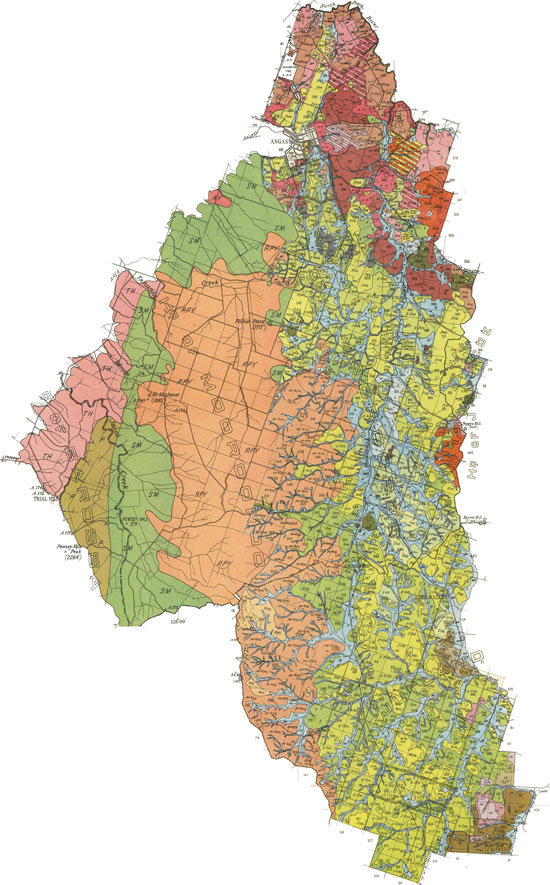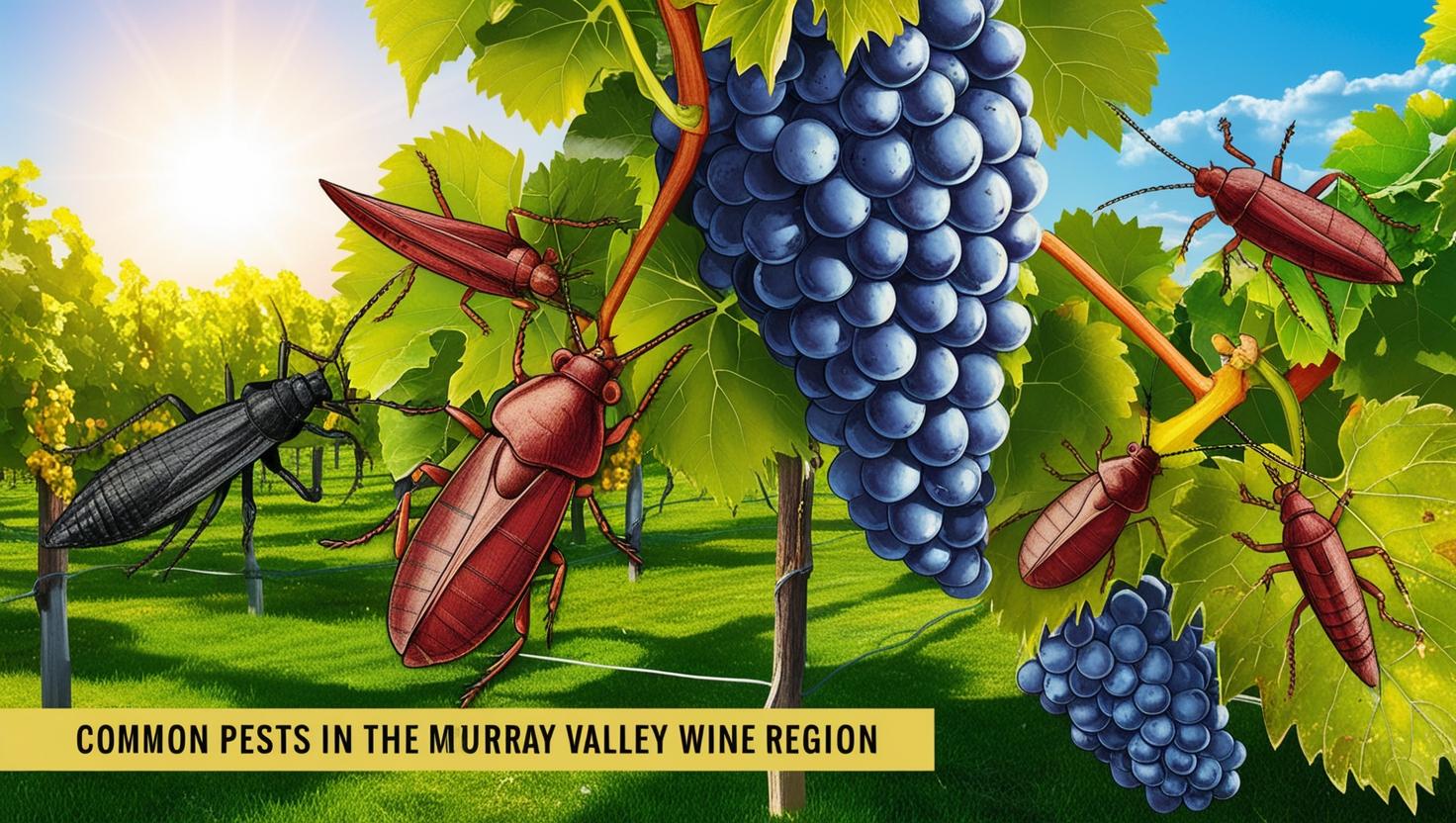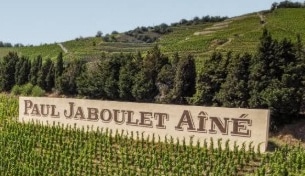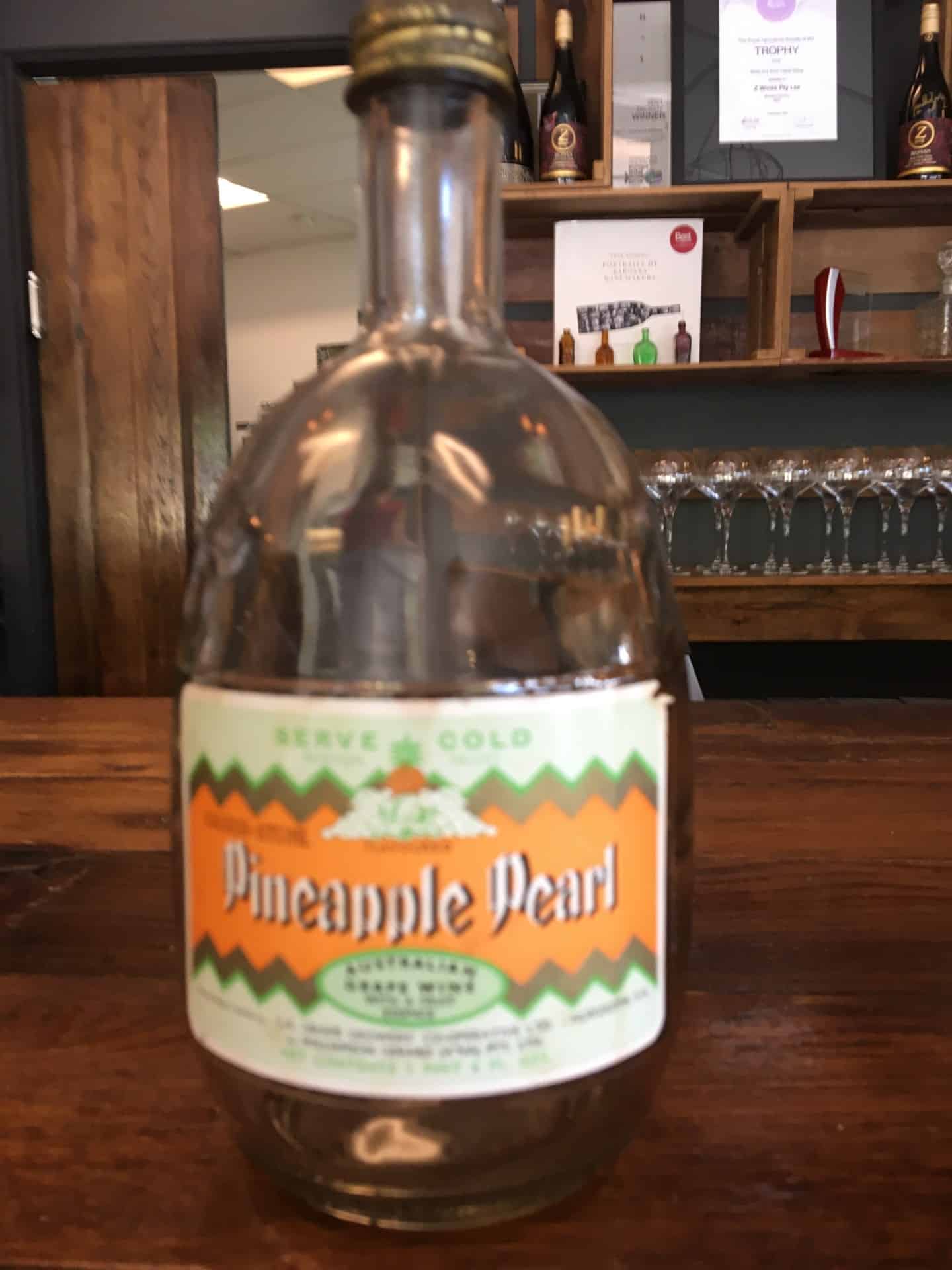The Eden Valley GI region is a hilly upland plateau divided in two by the valley of the North Para River which flows north. This upland region is about 200 metres higher than the Barossa Valley and vineyards are planted at heights of 400 to 550 metres.
The region is part of the Mount Lofty Ranges. The important region of Adelaide Hills merges northwards into the Eden Valley.
The Eden Valley is warmer and drier than the Adelaide Hills. Its two strengths are riesling and shiraz. The region is far less favourable for sauvignon blanc, pinot gris. Chardonnay has been widely planted but is seen now as far less favourable and is difficult to sell.

The Landscape Setting and the Vineyards Today
The Eden Valley is a very picturesque wine region noted of course for excellent riesling and very interesting shiraz flavours, the latter much loved I recall by the great Penfolds winemaking genius Max Schubert.
The Eden Valley is in simple terms an elevated eastern ridge, a valley and a western ridge (the Kaiser Stuhl side). Flowing north down the valley is the North Para River which finally turns near the town of Angaston, in a magnificent arc, breaking through the western ridge line. It then flows south down the Barossa Valley.
A few years ago I followed a soil expert working along Flaxmans Valley road. A number of vineyard owners had joined together to get an assessment of their vineyards. That involved the hiring of a drilling rig which moved from property to property. The drillers ended up at the Yalumba owned vineyards of Pewsey Vale and Heggies.
The Thin Soil
My overriding impression was the thinness of the soil with cores being as short as 10-20 centimetres before grinding into fresh rock. In a few there was no effective soil at all. A thin, sandy, black top soil was often followed by a grey, sandy, sub-soil often stained with iron. Most of this is wind-blown and is very recent meaning not much in the way of soil has been contributed by the underlying rotten rock.
So this part of the Eden Valley of today is a landscape of thin and very poor soils often only inches deep which barely cloak the fresh rock. In many areas it is cloaked with recent wind-blown sands. The zone of weathered rock which customarily sits below a soil has minimal thickness or does not exist. Much of the soil that exists is made from windblown sands and silt which has been trapped by the vegetation.
Thus the Eden Valley differs from the Barossa Valley not only from the elevation which creates a wetter and cooler climate but also from very thin soils, most noticeably on the peaks and slopes. Only on the lower slopes close to the river do you get deeper soils which have formed from the accumulation of particles washed down from the higher peaks.
Not only are the soils impoverished but they do not retain moisture. These are two factors which inhibit vine growth and crop levels. Exactly what impact this has on wine quality is not fully understood.
* Please note the comments about soils are generalisations. Eden Valley is a very large region and all I have seen are selective snap-shots, most from along the western side.





